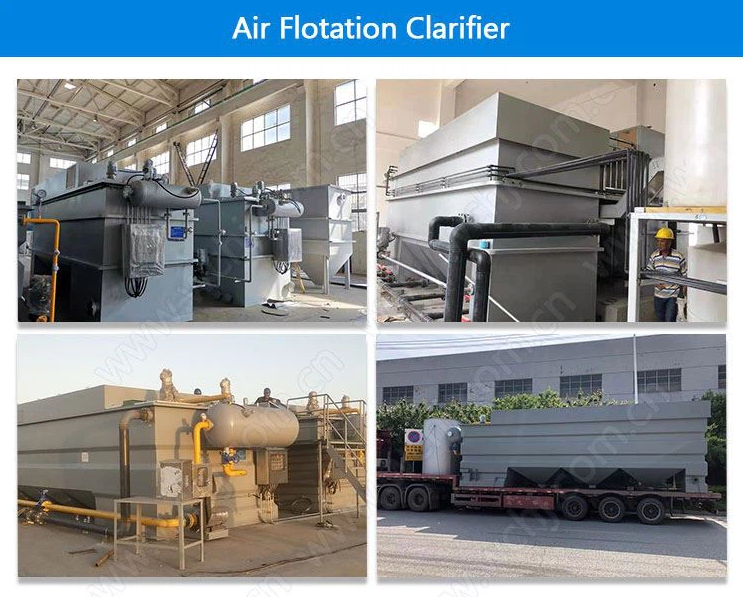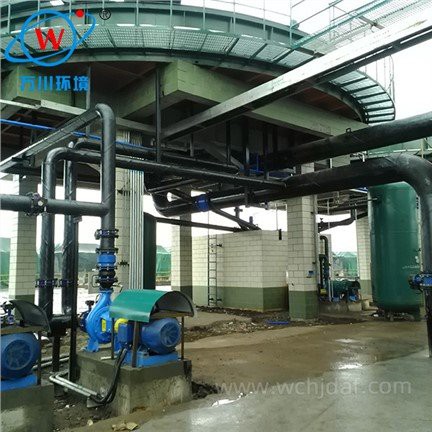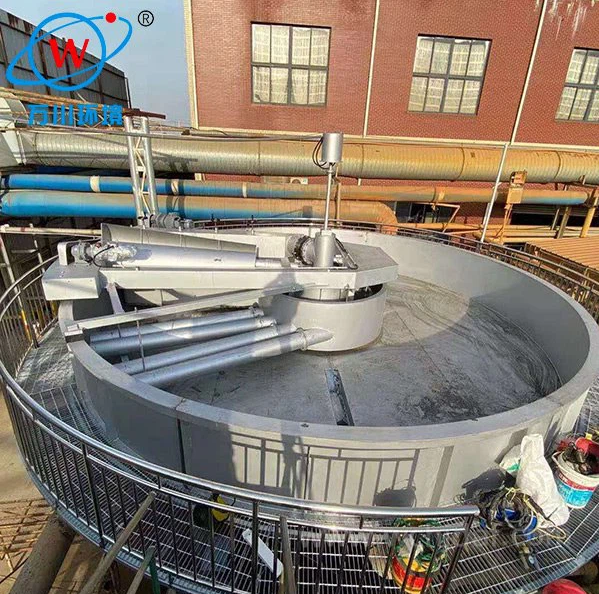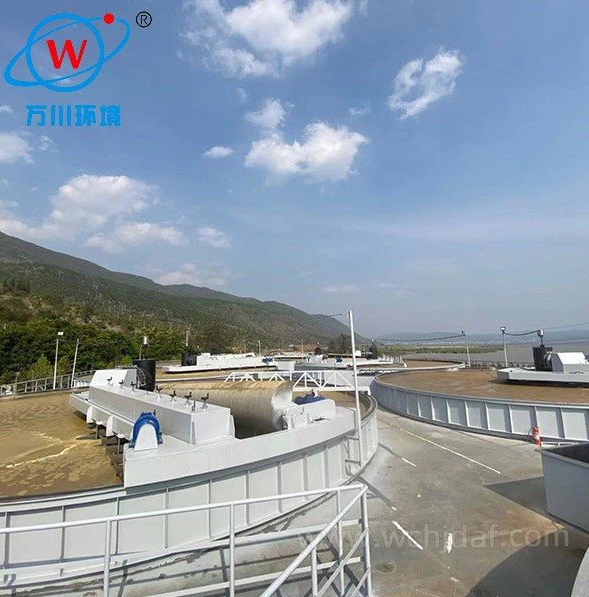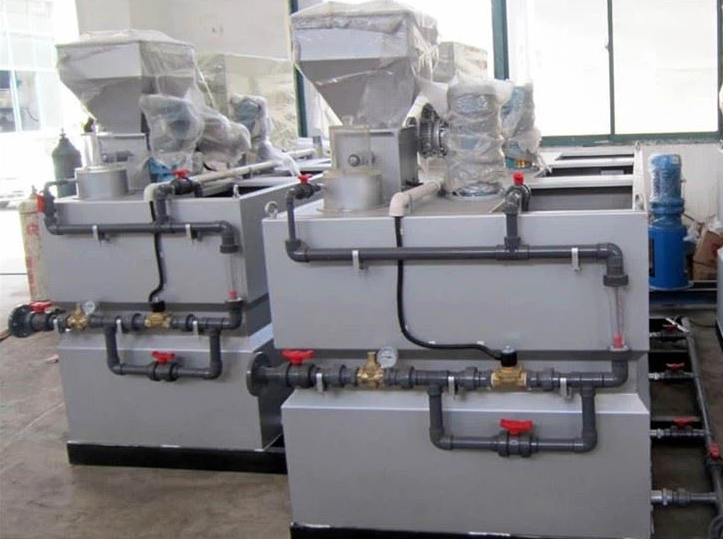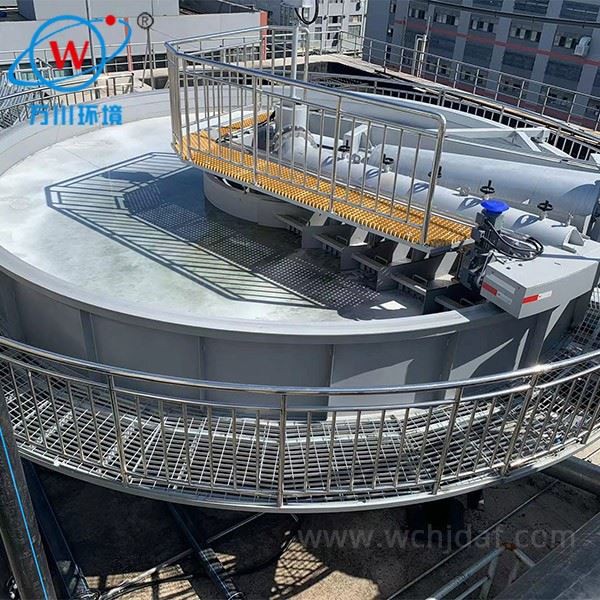Air flotation clarifiers are highly effective for oil-water separation, achieving 90-99% removal efficiency for free oils, grease, and emulsified hydrocarbons. Here’s a detailed breakdown of their performance:
1. Key Factors Affecting Oil Removal
-
Bubble Size: Microbubbles (20–50 μm) provide maximal surface area to adhere to oil droplets.
-
Chemical Aids: Polymer coagulants (e.g., 10–50 ppm) improve oil agglomeration and removal.
-
Hydraulic Retention Time (HRT): Optimal at 10–30 minutes for most industrial applications.
2. Performance Metrics
-
Free Oil (≥50 μm): Removes 95–99% (e.g., from API separator effluent).
-
Emulsified Oil (1–50 μm): Achieves 80–95% removal with coagulant assistance.
-
Output Quality: Reduces oil content to <10–20 ppm (meets discharge/reuse standards).
3. Advantages Over Alternatives
-
Compact Design: 50% smaller footprint than gravity separators.
-
Speed: Processes oily wastewater 3–5× faster than conventional skimmers.
-
Adaptability: Handles variable oil loads (e.g., 100–5,000 mg/L influent).
4. Limitations
-
Chemical Dependency: Requires precise coagulant dosing for emulsified oils.
-
Energy Use: Consumes 0.3–1.5 kWh/m³ for air dissolution and pumping.
5. Industrial Use Cases
-
Oil Refineries: Treats sour water stripper effluent.
-
Food Processing: Removes animal fats (e.g., slaughterhouse wastewater).
-
Metalworking: Cleans coolant-laden wastewater.
